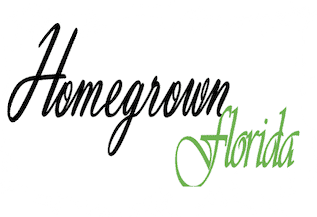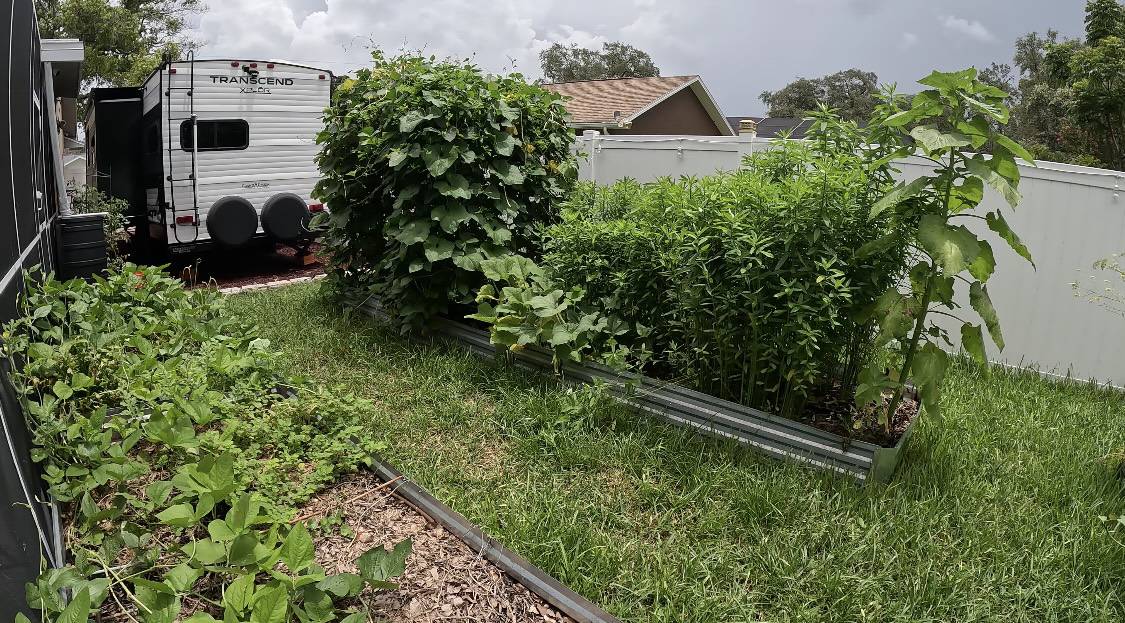Last Updated on January 30, 2025 by Homegrown Florida
February might seem too early for gardening, but in Florida and other warm climates, this is one of the best months to start planting. While much of the country is still buried in snow, we’re stepping into February Florida garden prime growing season. If you’re gardening in zones 8-11, this is your chance to get a head start before the heat of summer arrives.
In this guide, I’ll walk you through what to plant in February to ensure a productive season. Whether you’re in Florida or another warm region, these 32 vegetables will help set your garden up for success.
Table of Contents
Quick-Growing Greens
If you want fast results, focus on quick-growing greens that can be harvested in 30 to 45 days. These include:
- Lettuce (especially heat-tolerant varieties like Salanova, Oak Leaf, or Paris Island Romaine)
- Arugula
- Endive
- Escarole
These greens can be harvested as cut-and-come-again crops, extending their lifespan. If you’re in zone 10 or 11, you’ll need to plant them early before daytime temperatures climb into the 90s. In zones 8 and 9, you can still plant heading lettuces like Romaine or Iceberg, but be aware that they take longer to mature.
Heat-Tolerant Leafy Greens
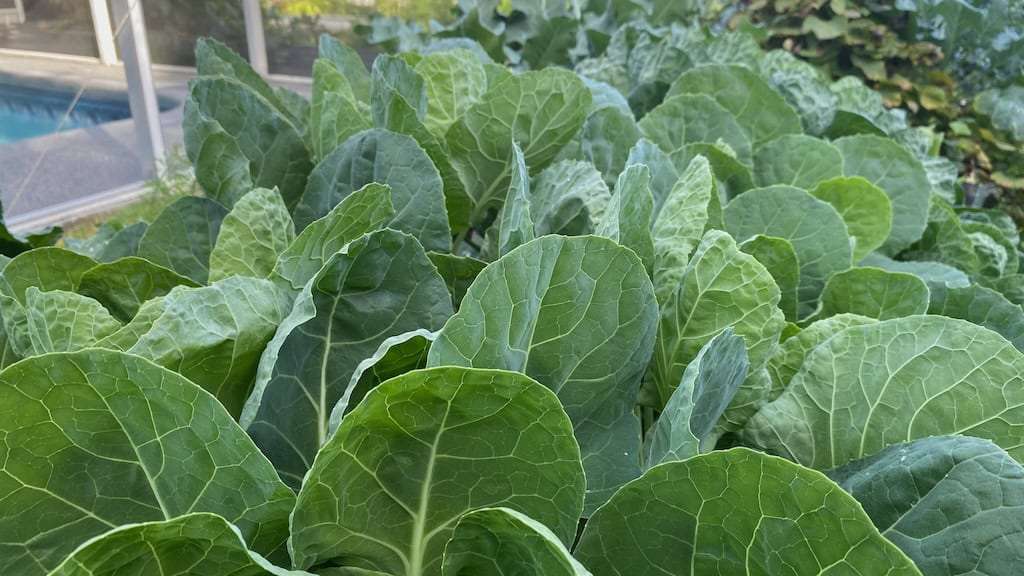
For greens that will last beyond early spring, consider planting:
- Kale (Lacinato, Red Russian)
- Collard greens
- Swiss chard
- Mustard greens
These are much more heat-resistant than lettuce and will continue to grow well into the summer months. Kale, collards and Swiss chard, in particular, can survive year-round in Florida’s climate. Mustard greens will eventually bolt, but you’ll get plenty of harvests before that happens.
Brassicas for a Late-Season Harvest

Brassicas are a great choice for February Florida garden planting, but timing is key. Broccoli, cauliflower, cabbage, and kohlrabi all require several months to mature.
For zones 8 and 9, you still have time to start these from seed, but the earlier, the better. For zones 10 and 11, you’ll need to plant large transplants to get a harvest before the summer heat arrives.
Some of the best heat-tolerant brassicas include:
- Broccoli: Arcadia, Green Magic, Imperial
- Cauliflower: Snowball, Cheddar (orange variety), Purple Sicily
- Kohlrabi: Vienna, Konan
- Cabbage: Green and Red Acre, New Jersey Wakefield
While brassicas can tolerate brief warm spells, prolonged heat will cause them to bolt. Keep an eye on the temperature and harvest as soon as heads are ready.
Root Crops for February Florida Garden

Root crops are a great choice for February Florida garden, but each has different timing considerations.
- Radishes – Still a great option for all zones since they grow fast (30–45 days).
- Turnips – Ready in about 60–70 days and still a viable crop in Florida this month.
- Carrots – Slower to mature but worth planting now. Mulching heavily helps keep the soil cool.
- Beets – Best for zones 8 and 9, but they grow slowly. If you struggle with growth, try adding a little nitrogen to encourage strong tops.
- Potatoes – February is the perfect time for planting potatoes in zones 9 and 10. They need about 90 days to reach a decent size. If you’re in zone 8, wait until mid to late February to avoid late frosts.
Peas: Two Different Types

If you’re in zones 8 and 9, you can still plant:
- English peas (shelling peas, snap peas, snow peas) – These prefer cooler temperatures but will produce before the heat sets in.
For zones 10 and 11, it’s time to start transitioning to:
- Southern peas (cowpeas, black-eyed peas, crowder peas) – These thrive in heat and will continue growing into summer.
Warm-Season Crops to Start Now
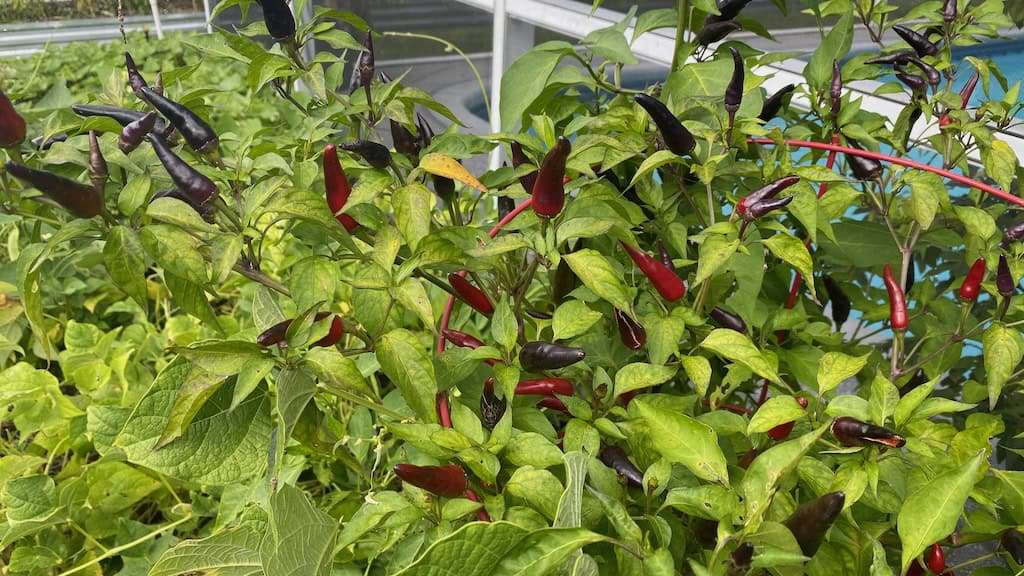
February is also the time to start warm-season vegetables like:
- Tomatoes
- Peppers
- Eggplant
- Tomatillos
For zones 8 and 9, these should be started in trays and kept warm indoors, in a greenhouse, or under protection. By the time they’re ready to transplant, the risk of frost will have passed.
For zones 10 and 11, you can start these directly outdoors in trays or even direct-seed them into the ground. These plants take a long time to mature, so getting a head start is crucial.
Pro tip: In Florida’s climate, tomatoes will stop producing fruit once temperatures stay above 85–90°F consistently. Peppers, on the other hand, will continue producing throughout summer.
Direct-Seeding Warm-Weather Crops

Some warm-season vegetables should be direct-seeded instead of transplanted. The key crops to focus on in February include:
- Corn
- Beans
- Squash
- Melons
- Cucumbers
For zones 8 and 9, it’s still a little early to plant these outdoors unless you use protection. If you want a head start, start them in trays and transplant them in a few weeks.
For zones 10 and 11, now is the perfect time to direct-seed these crops. Keep in mind that cucumbers, squash, and melons are highly susceptible to pests and diseases, so getting an early start gives you a better chance of harvesting before the worst pest pressure sets in.
Preparing for the Summer Heat

If you’re in zones 10 and 11, now is the time to start thinking about summer crops. February is a great time to plant:
- Tropical spinaches (Okinawa, Longevity, Malabar, Sissoo)
- Tropical squashes (Seminole pumpkin, Tahitian melon squash)
- Sweet potatoes
- Okra
- Luffa
- Chayote
These heat-loving crops will thrive when temperatures soar, making them a great choice for Florida’s long summers.
Special February Florida Garden Tip: Fruit Trees
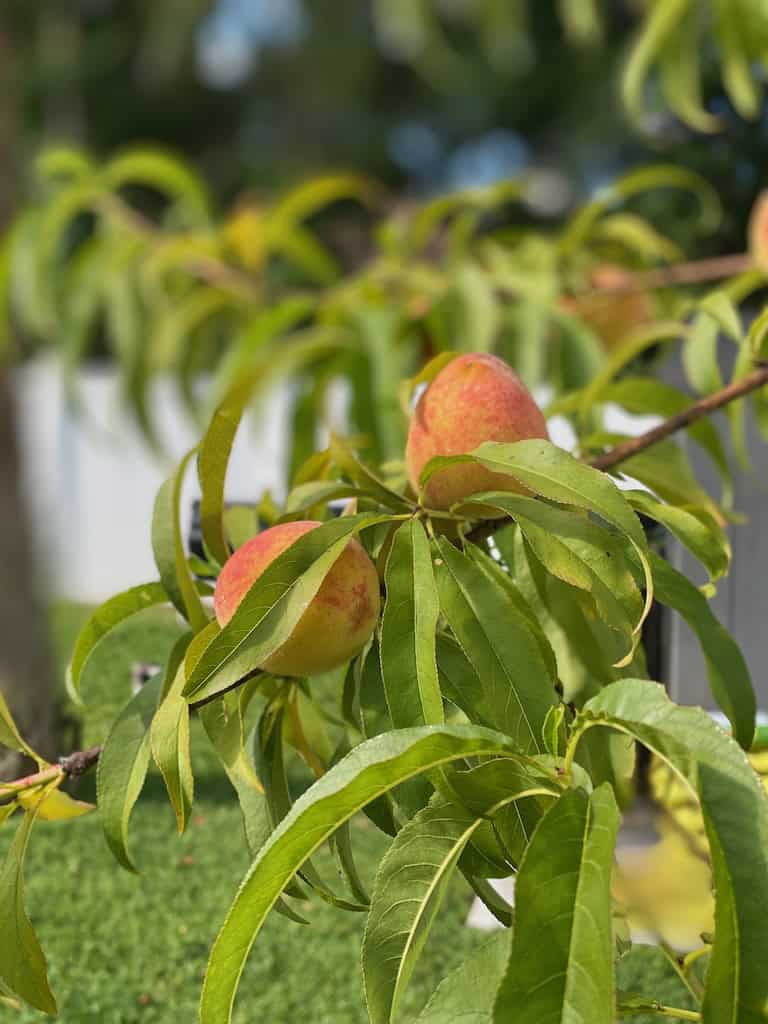
February is an important month for planting fruit trees, and it’s essential to understand the difference between tropical fruit trees and chill-hour fruit trees.
- Tropical fruit trees (mango, papaya, banana) should only be planted once nighttime temperatures stay above 40°F. Zones 10 and 11 can plant them now, but zones 8 and 9 should wait until the risk of frost has passed.
- Chill-hour fruit trees (peach, plum, nectarine, apple, blueberries) should be planted while it’s still cold. If you’re in zones 8-9, February is the last chance to get them in the ground before bud break.
Make sure to research the chill-hour requirements for your area to select the right varieties.
Final Thoughts
February is a pivotal month for Florida gardeners and those in other warm climates. By planting the right crops now, you’ll set yourself up for a productive spring season.
If you’re in zones 10 or 11, start transitioning to summer crops to ensure a seamless growing season. And don’t forget—February is also a great time to plant fruit trees while temperatures are still cool.
Check out my Planting Schedule for Florida to see all the veggies you can grow throughout the year. Happy gardening!
